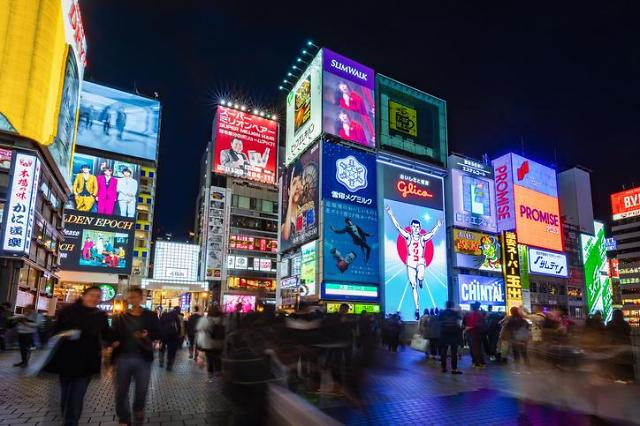S.Korea-Japan flights outpace Gimpo-Jeju in H1 2023
Due to post-COVID-19 and the weak yen, the number of passengers between S.Korea and Japan beats the domestic top travel route
By Jul 17, 2023 (Gmt+09:00)
LG Chem to sell water filter business to Glenwood PE for $692 million


Kyobo Life poised to buy Japan’s SBI Group-owned savings bank


KT&G eyes overseas M&A after rejecting activist fund's offer


StockX in merger talks with Naver’s online reseller Kream


Mirae Asset to be named Korea Post’s core real estate fund operator



As Japan eased its border restrictions at the end of last year, the number of passengers on routes between South Korea and Japan in the first half of this year surpassed that of the Gimpo-Jeju round-trip route for the first time in four years.
According to the aviation statistics released by the Ministry of Land, Infrastructure, and Transport on Monday, the total number of passengers (including paid, free, and transfer passengers) on air routes between Korea and Japan from January to June was 8,501,488.
This figure represents an increase of 520,814 passengers (6.53%) compared to the 7,986,740 passengers on the Gimpo-Jeju route during the same period. The Gimpo-Jeju route is a domestic air travel route between Gimpo International Airport in Seoul and Jeju International Airport on Jeju Island. It is one of the busiest air routes in South Korea, with over 7 million passengers traveling on the route each year.
During the COVID-19 pandemic, the number of passengers on air routes between Korea and Japan was only around 2.14 million in the first half of 2020, about 67,000 in 2021, and 187,000 in 2022. In comparison to the passenger volume on the Gimpo-Jeju route during the same periods, it accounted for 38.4% in 2020, 0.97% in 2021, and 2.19% in 2022.
However, as COVID-19 restrictions are gradually being lifted and the Japanese government resumed visa-free (visa exemption) entry in October last year, the number of passengers on the Japan route is recovering to pre-COVID levels.
In the first half of 2018 and 2019, prior to the COVID-19 pandemic, the number of passengers on the Japan route was 1.3 times higher than the number of passengers on the Gimpo-Jeju route.
According to statistics from the Japan National Tourism Organization, out of the 8,638,500 foreign visitors to Japan from January to May this year, South Koreans accounted for 2,583,400 (29.9%), ranking first among all foreign tourists.
"With the improvement of Korea-Japan relations this year and airlines actively expanding routes, there is a travel boom to Japan," an aviation industry source said. "The ongoing phenomenon of a weak yen and the fact that even Sapporo, the farthest destination, can be reached in 3 hours from Gimpo, will continue to boost its popularity."
Write to Mi-Kyung Lee at capital@hankyung.com
-
 Travel & LeisureJapan sends most tourists to S.Korea in May: tourism body
Travel & LeisureJapan sends most tourists to S.Korea in May: tourism bodyJun 29, 2023 (Gmt+09:00)
1 Min read -
 Travel & LeisureInterpark Triple sees surge in sales of Japan tours, activities
Travel & LeisureInterpark Triple sees surge in sales of Japan tours, activitiesJun 28, 2023 (Gmt+09:00)
1 Min read -
 Travel & LeisureJapanese travelers top list of reservations to visit Seoul during BTS Festa
Travel & LeisureJapanese travelers top list of reservations to visit Seoul during BTS FestaJun 14, 2023 (Gmt+09:00)
1 Min read -
 Travel & LeisureS.Korean's interest in Japan travel surpasses pre-No Japan levels
Travel & LeisureS.Korean's interest in Japan travel surpasses pre-No Japan levelsMay 24, 2023 (Gmt+09:00)
1 Min read -
 Travel & LeisureKorea Tourism Organization to host K-Tourist Festival in Japan
Travel & LeisureKorea Tourism Organization to host K-Tourist Festival in JapanApr 20, 2023 (Gmt+09:00)
1 Min read -
 Travel & LeisureTourist arrival gap between S.Korea, Japan widens sharply
Travel & LeisureTourist arrival gap between S.Korea, Japan widens sharplyMar 10, 2023 (Gmt+09:00)
1 Min read


